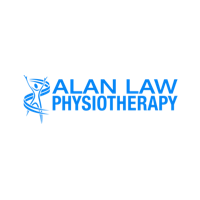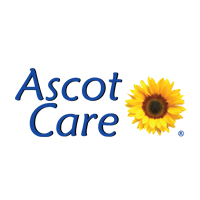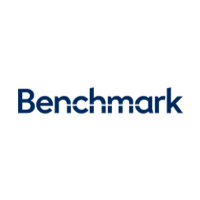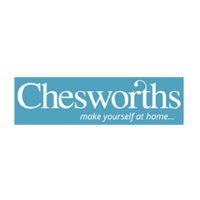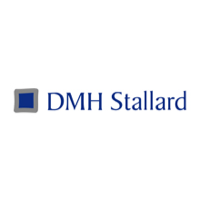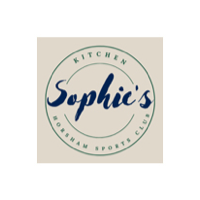In 2015, following several months of painstaking research in Horsham’s Library and Museum our then club secretary, Debbie Malins, wrote a brief history of HLTC for the July 2015 edition of the Horsham Society newsletter….
Horsham Lawn Tennis Club – the first 20 years
In 1873 a certain Major Walter Clopton Wingfield designed and patented a game he called sphairistikè, which built on existing racquet games of French and English origin. Major Wingfield was a brilliant publicist so, with a change of name to lawn tennis, the game we know today rapidly gained in popularity. The All England Croquet and Lawn Tennis Club, “Wimbledon” to you and me, was born in 1875 and held its first Gentlemen’s Championship in singles in 1877.
No records relating to the setting up of Horsham Lawn Tennis Club (HLTC) remain in the club’s possession. However, the West Sussex Times of 19 July 1890 announced that a monthly handicap was held in connection with the HLTC at Mr. Sadler’s residence, Burford Lodge. After three rounds Messrs. A.C. Wickham and A.T. Harms were victorious. Burford Lodge was on the east side of the junction of Depot Road and Burford Road but has long since been redeveloped.
The precise location of the club’s first court is unclear but in 1892 Walser’s Illustrated Guide to Horsham and District informs visitors to the town “Tennis. The court in which this popular game is played is situate in Worthing Road, adjoining the premises of the West Street Brewery.” Useful for post-match refreshments and possibly on the site of the later bowling green before the Waitrose/John Lewis development.
In 1894 Horsham Cricket Club created a ground for lawn tennis adjacent to its cricket pitch in Cricketfield Road. This may have been just one court initially but, by 1909, the four grass courts the club has today show clearly on Ordnance Survey maps. Maintenance of grass courts is always of paramount importance so current HLTC members may be surprised to learn that, at its 1902 annual meeting, the Cricket Club notes ‘Thanks to Mr. Luing a large number of sheep from September last year until the end of March were constantly turned out upon the ground, which had greatly benefitted thereby, while ever since the early part of March on every favourable occasion the roller has been continuously at work. As a result the cricket pitch, the practice wickets and the lawn tennis courts are just now in the pink of condition …’.
In its first decades lawn tennis was a game of the wealthy middle and upper classes and this was reflected in HLTCs membership. Its first honorary secretary was Roger Henwood, a solicitor living in London Road, who was succeeded by Maurice Dewing, also a solicitor and a keen player. Amongst its early Presidents were Henry Michell, son of the brewer, brickmaker and entrepreneur, and Henry Padwick, lawyer, money-lender and Justice of the Peace. In the late 1890s five of Henry Padwick’s sons were occasional players when they were not studying for medicine or the law or visiting from their tea plantations in Ceylon. At the time the family lived in the Manor House, in the Causeway, later the RSPCA headquarters and now smart apartments.
The clergy were well represented in the club’s early days with no fewer than nine Reverends playing between 1897 and 1908. Some, like the Rev. John Labouchere and the Rev. Maurice Exham, lived locally but others, like the Rev. and Mrs. William Doherty, were visitors, from Brighton in their case. The medical profession was represented by Mr. Frank Juckes, a surgeon and keen huntsman, and a son and daughter of Mr. Edward Bostock, surgeon and Justice of the Peace, after whom Bostock Avenue is named.
However, most of HLTCs early membership was drawn from local families who had made good in Victorian Sussex. The Agate family were well represented with siblings and cousins Alfred, Violet, Bessie, Mary, Annie, Leonard and Nora all playing at times between 1896 and 1908. They were all in their early- to mid-20s. They came from an established local family who had been farmers and corn, coal and timber merchants since the 16th century. Mary Agate found love at HLTC, marrying James Longley, a Chesworth-based timber merchant, in 1905. Three children of William Prewett, miller and flour merchant, were regular players in the 1900s – Frederick, Mabel and Beatrice. Sisters Mary and Dora Churchman were the daughters of another local miller, John Churchman, while their brother, William, became a well-known local estate agent. Claudine Sapey, daughter of the manager and secretary of Horsham Gas Company, was one of the club’s youngest players as a teenager in the 1900s.
The club could also claim links to minor aristocracy with a son and daughter of Sir William Stirling-Hamilton, 10th Baronet and Colonel Commandant of the Royal Horse Artillery, playing from 1896 to 1903. They came up from Shipley, where they lived at Woodgaters. John Guille Millais, another frequent player, was a son of Sir John Everett Millais, the famous painter. John Guille was an artist in his own right, in addition to being a naturalist, gardener and travel writer.
From 1894 the West Sussex County Times and Standard provides occasional reports on the results of club matches. HLTC men took part in the Sussex Lawn Tennis Association competition and, later, the Sussex County Cup, with varying degrees of success. The opposition came mainly from Brighton-based clubs – The Drive, The Pavilion, The Avenue, Southdown and Grasshoppers – and Devonshire Park at Eastbourne. In the 1906 County Cup match against The Avenue the newspaper laments, “[HLTC] were somewhat handicapped by the balls, which were not what they had been used to. It is remarkable that the Brighton clubs are almost the only clubs in Sussex which use these particular balls.” Eastbourne was the eventual winner of the cup. Other, ‘friendly’, men and ladies’ matches were played against Wisborough Green, Dorking, Henfield, Cowfold, Slinfold, Worthing, Reigate, Littlehampton, Warnham and Chichester.
Within the club tournaments were frequently held, usually doubles and mixed doubles but occasionally singles. Often the mixed doubles pairs were handicapped, with one or two senior players handicapping couples on the basis of their likely performance. Prizes could be valuable; in 1900 the club provided Miss Goldberg with a pair of gold sleeve links and Mr. Goldberg with a set of old Flemish glass liqueur decanters. The previous year, Edward Allcard, father of a regular player, Ethel, donated the prizes. Their name lives on in Allcard Close, built on the site of his home, Wimblehurst.
Today, Horsham Lawn Tennis Club remains a thriving club open to all, with five hard courts in addition to its four grass courts in Cricketfield Road.
Deborah Malins, HLTC Honorary Secretary
30 April 2015
